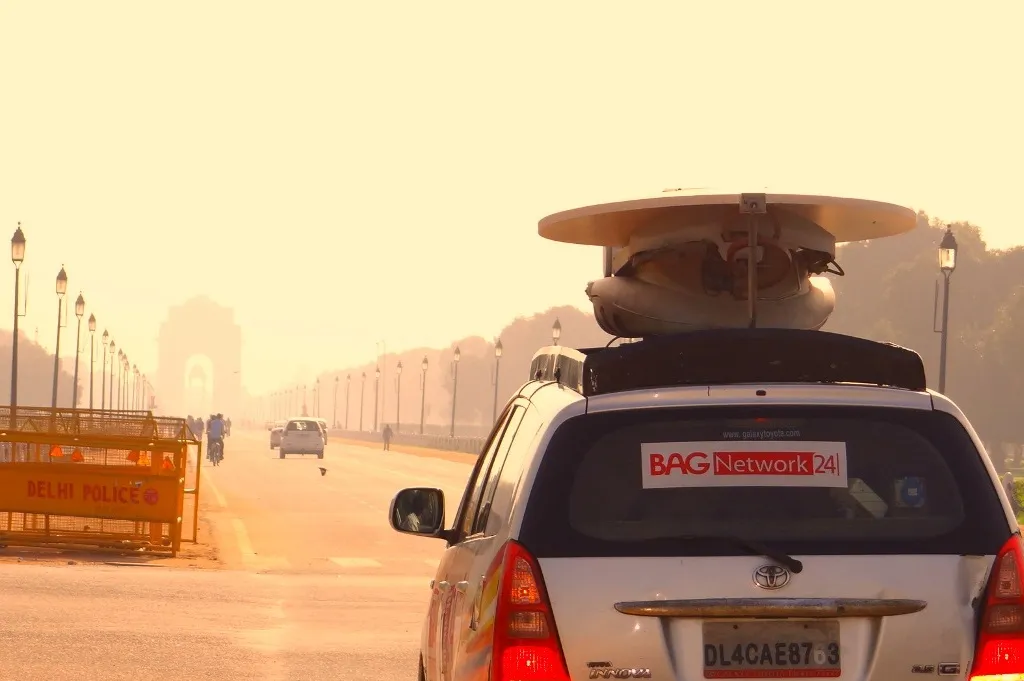Recently, a news channel had camera persons running behind Indian cricketers to ask why they hadn’t worn black armbands during the recent Champions’ Trophy final against Pakistan, in sympathy with soldiers killed in the Kashmir Valley. As a test of patriotism and as a news item, it was ridiculous. Yet, this has come to be expected of Indian news television, now increasingly part of the entertainment economy rather than the information ecosystem.
Why are Indian news channels so astonishingly disappointing? They oscillate between over-the-top studio debates and relatively sober studio debates. There is rarely deep reportage. Documentaries are practically unheard of. Spending on editorial and news gathering scares managements. Preference is given to paying some talking head a few thousand rupees to scream for 30 minutes.
What is at the root of this? Is it the fault of a few anchors? Is there something wrong with us as a society? Are we incapable of producing and appreciating sensible news programming? Actually, the phenomenon has much to do with the business model of television in India.
In the early television age, there was the belief that as access technology for viewers became more organised — with a consolidation of cable networks, and introduction to DTH and then digital platforms — a market would be created for high-quality, niche news channels. These channels would spend generously on editorial content and raise revenue through subscriptions.
Some 15 years ago, however, India decided to impose price caps on various types of channels. Incredibly, this task devolved on the Telecom Regulatory Authority of India (TRAI). As per the TRAI tariff order of 2016, the price ceiling for a news channel is ₹5 per month. In contrast the price ceiling for a general entertainment channel is ₹12 per month.
Consider what this means. In theory, the general entertainment channel could be re-running old soaps (cost of content: zero). The news channel would be required to constantly generate fresh content. Even so, the former is allowed to charge more than double what the latter is able to. Besides a general entertainment channel is always likely to get more subscribers. So it is a double hit for anybody seeking to build a serious news channel.
Over time, news channel owners have simply given up, and decided to take the route of reality TV. Today, with the sheer volume of free — occasionally dubious and sometimes outright fake — content available online, one wonders if the news business can ever be rescued in India.
The price cap trap has hurt more than just news.
Children’s channels in India are packed with re-runs of 20-30 year old Japanese cartoons. The motivation to spend money on quality Indian animation or children’s programming, using graphics and special effects that — ironically — Indian back-end companies generate for Hollywood, is absent. After all there is a price cap of ₹7 a month for children’s channels — irrespective of whether they telecast a dazzling and expensively produced series on Indian history or Doraemon, an ancient Japanese series, on a loop.
This explains why there is such little educational and knowledge-based programming and so few documentaries on television. Despite India’s rich heritage, a National Geographic type network, in any language, English or regional, is not feasible. Even general interest channels suffer from the problem. In the developed world — the so-called “mature media markets” — news and entertainment channels earn about 70% of revenue from subscription. In India, only 36% comes from subscription. The rest is sacrificed to the advertiser, the mad race for TRPs and the lowest common denominator.
Hence, you have prime-time wars, re-runs of Japanese cartoons, vacuous reality shows and hysterically outlandish soap operas cloning themselves on channel after channel, depending on the genre. India has killed television by legislating the subscription model to death. This is leading to a serious lack of ambition and a curbing of creative juices, since recovering investments is impossible.
Take an example. An episode of House of Cards costs the equivalent of ₹30 crore to produce. In contrast an episode of Big Boss costs a measly ₹4 crore. Even accounting for the price differentials in the United States and India, that comparison is telling. The equivalent for news programming is as sharp.
What is the solution? Should regulators and government departments be pricing creativity and what a consumer should be paying for a quality news show — or should the market? Ask yourself that at 9:00 p.m. this evening.
This commentary originally appeared in Hindustan Times.
The views expressed above belong to the author(s). ORF research and analyses now available on Telegram! Click here to access our curated content — blogs, longforms and interviews.




 PREV
PREV


